What is the tolerance range of precision screws?
What is the tolerance range of precision screws?
Service Hotline
+86760-8787 8587We have more than ten years of experience in screw industry production, the main products are: brass screws, anchor screws, GB855, aluminum blind rivets, tire nuts, flange high nuts, locking nylon self-locking screw caps, bridge carriage Screws, 65 manganese blackened, cross countersunk head, stainless steel anti-loose washers, grade 8 blackened high-strength hexagon nuts, cup head extension screws, half-round head square screws, extension screws and other fasteners, due to the different materials and specifications of the product There are different prices, please contact us if necessary.


With the continuous strengthening of infrastructure construction, the continuous increase of construction scale and the complexity of construction, the particularity of the requirements for construction equipment, materials, tools and equipment is also getting higher and higher, such as buildings, power stations, railway tunnels The channel steel used in these special construction environments requires the use of a special bolt, which must be easy to put in, easy to use
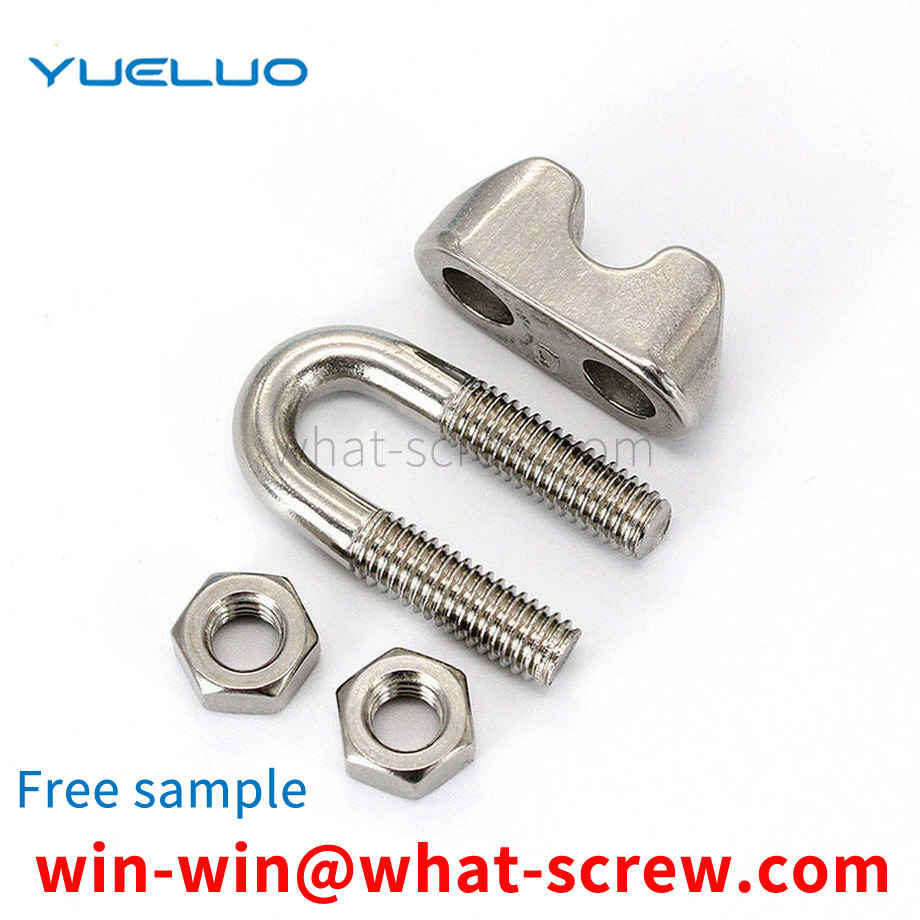
When the mechanical components are installed on the concrete foundation, the J-shaped and L-shaped ends of the bolts are embedded in the concrete for use. The tensile capacity of the anchor bolt is the tensile capacity of the round steel itself. The size is equal to the cross-sectional area multiplied by the allowable stress value (Q235B: 140MPa, 16Mn or Q345: 170MPA), which is the allowable tensile capacity at the time of design. The anchor bolts are generally made of Q235 steel, which is smooth and round. Rebar (Q345) is strong, and the thread of the nut is not as easy to be round. For light round anchor bolts, the burial depth is generally 25 times its diameter, and then a 90-degree hook with a length of about 120mm is made. If the bolt diameter is large (such as 45mm) and the buried depth is too deep, a square plate can be welded at the end of the bolt, that is, a large head can be made (but there are certain requirements). The burial depth and hook are all to ensure the friction between the bolt and the foundation, so as not to cause the bolt to be pulled out and damaged.
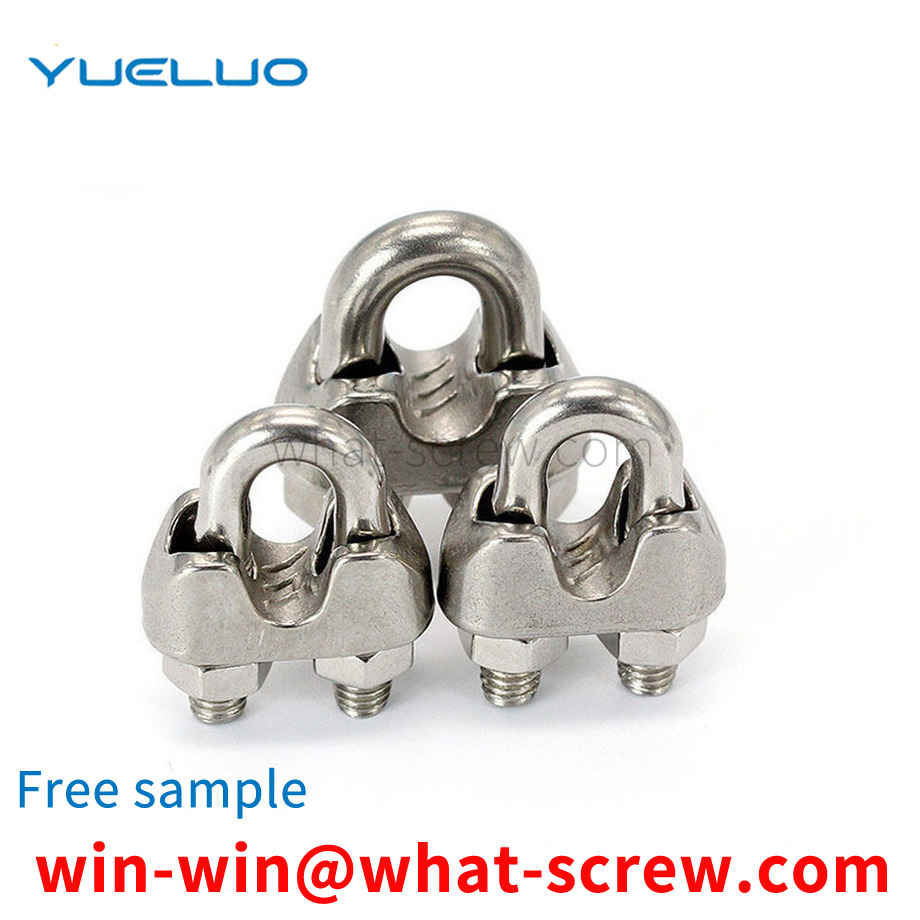
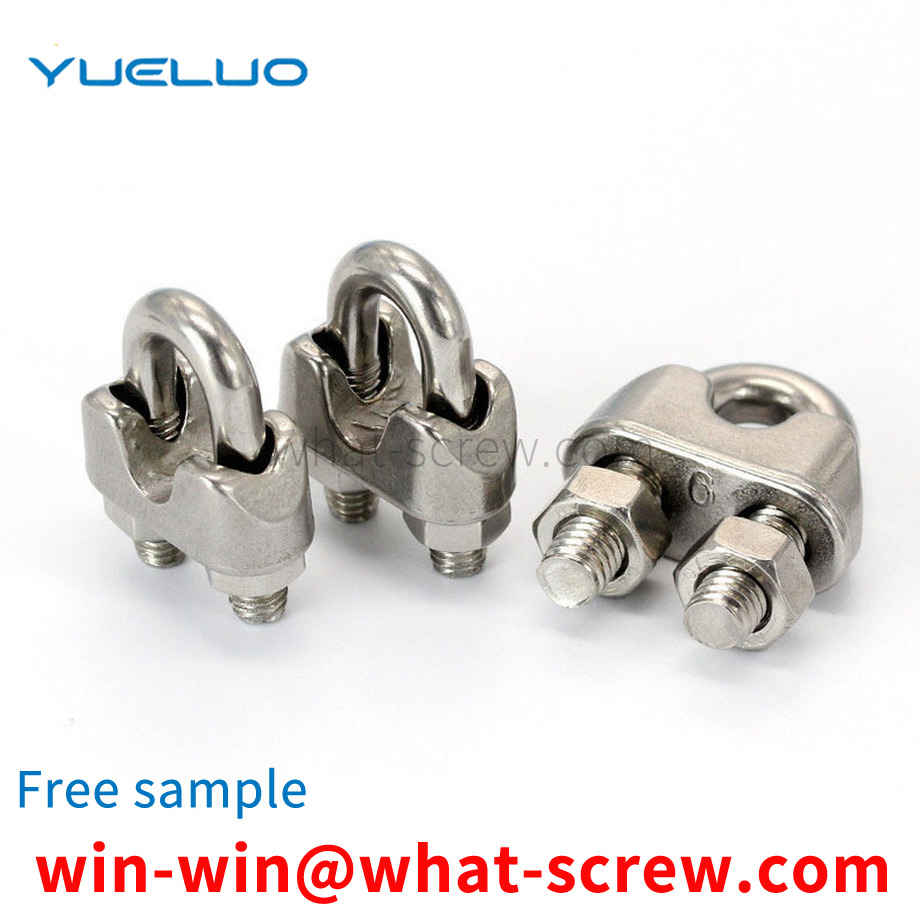
The equipment is tightened and fixed by screws during assembly. During high-speed operation, the equipment will generate high-frequency micro-vibration. This micro-vibration can easily lead to loosening of screws, resulting in weak connection of components and easy to cause safety accidents. Fastening is attached great importance. Many companies even directly weld the screw caps after using screws to fasten the components. However, this practice greatly hinders the subsequent maintenance and also seriously affects the maintenance and maintenance of the equipment; The emergence of tightening screws has attracted the attention and favor of enterprises; however, the self-tightening screws I use are mainly imported, and when the trade war begins, the shortage of this autonomous technology will severely limit my defense.
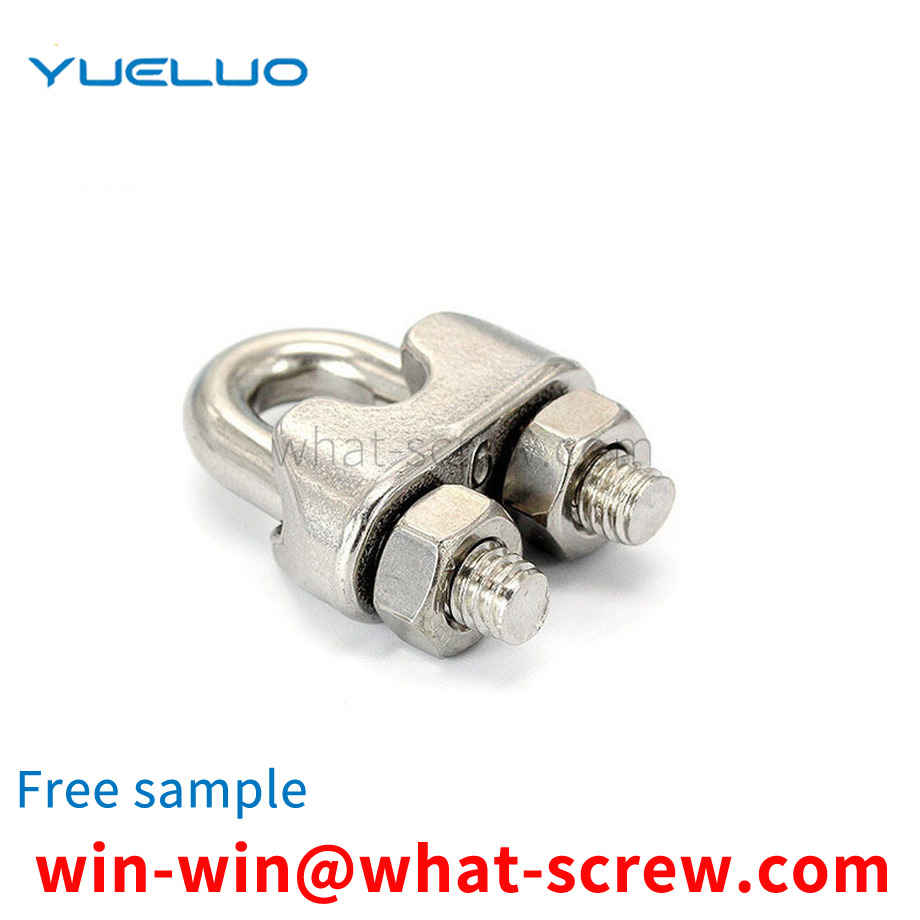
Existing wood screws are composed of a threaded portion with a tapered angle and arranged along a tapered stem and a screw head. The head of the screw can be a countersunk head, hemispherical, or other shapes, and the head of the screw has a groove that fits with the tool, a word groove, and a concave cross groove. The taper angle of existing wood screws is either 45 degrees or 60 degrees, and the front end of the taper angle is a pointed point formed by a rotating thread. The existing wood screws have the following three deficiencies in use. Because the taper angle is 45 degrees or 60 degrees, and the thread angle is 64 degrees, the resistance when entering the material is relatively large, so the existing wood screws are manually screwed. It is difficult to screw in, especially when it is used for hardwood materials, and it often happens that the groove of the screw head is screwed out; A large lateral moment will be formed when the screw is screwed, which is prone to the problem of deviation from the position; in addition, because the existing screw is tapered, it will be subjected to both radial force and axial force when entering the material, and its stress state It is more complicated, so it is easy to cause the cracked wood material to burst, and even cause the material to have longitudinal cracks and be unusable.
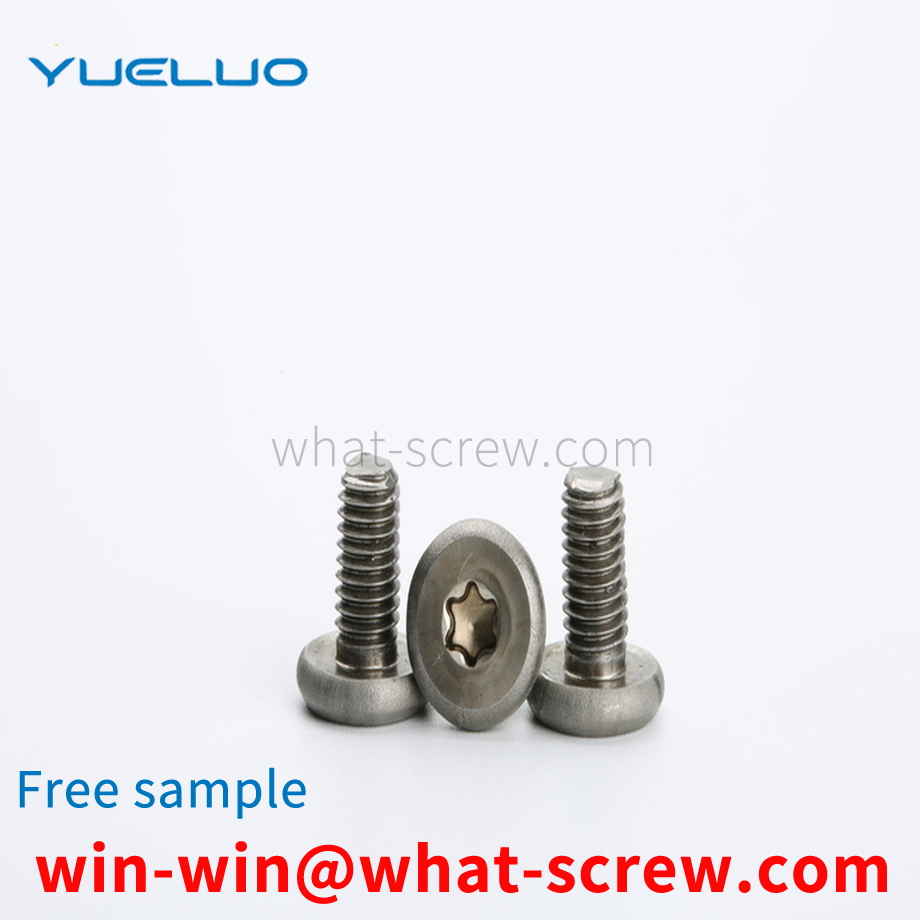
The above content is uploaded by Yueluo or the Internet. If there is any copyright issue, please contact [email protected].

What is the tolerance range of precision screws?

How to choose the right stainless steel screw manufacturer?

Why is there an R angle under the head of the hexagon head s...

We have more than ten years of production experience in the ...

We have more than ten years of experience in the production ...

We have more than ten years of experience in the production ...

We have more than ten years of experience in screw industry ...